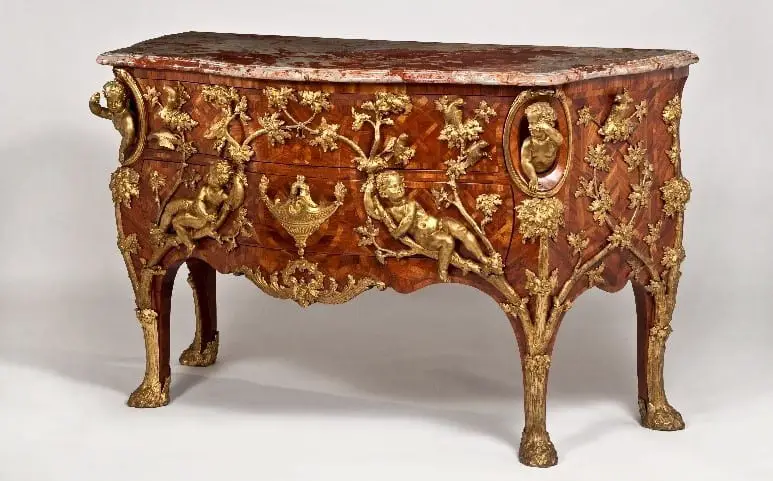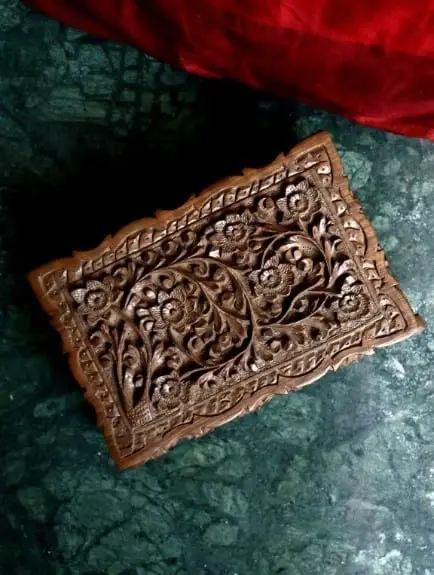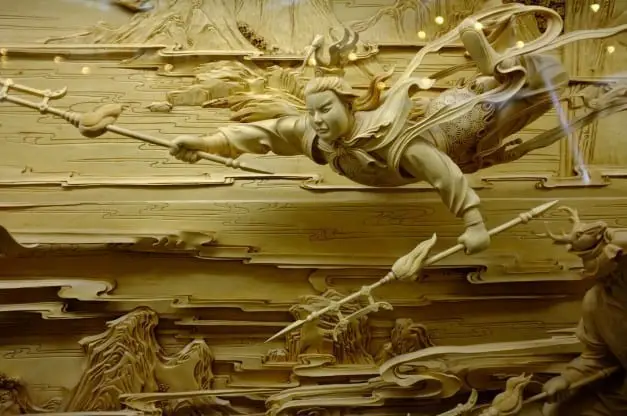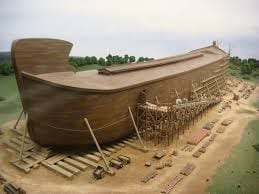Boats have been used by mankind since the very dawn of the ancient civilizations. Certainly, boat building has gone a very long way from the early centuries and up to present-day. However, one thing remains the same, and that’s the extremely high importance of boats for the development of the human race.
Throughout the course of history, sailing has been one of the best ways to explore distant lands. Nevertheless, sailing was also a crucial method of transportation.
Ultimately, boat building refers to the construction of sailing vessels of all sizes. These include small boats such as canoes and kayaks, and large boats, such as ships and contemporary yachts.
Apart from transportation and exploration purposes, the development of boat building is also closely related to revolutionary conquests. For instance, one of the hallmarks of the Vikings era is the incredible ships built by the warriors who sailed away in search of conquering new territories.
Did we already manage to sparkle your curiosity?
We invite you to join us on our magnificent journey to discovering some of the most interesting facts and secrets of boat building, ranging from small boats such as canoes to big sailing vessels such as ships. Nonetheless, we will trace the amazing transition of ancient boat building all the way up to modern days.
The Importance of Wood for Boat Building Purposes
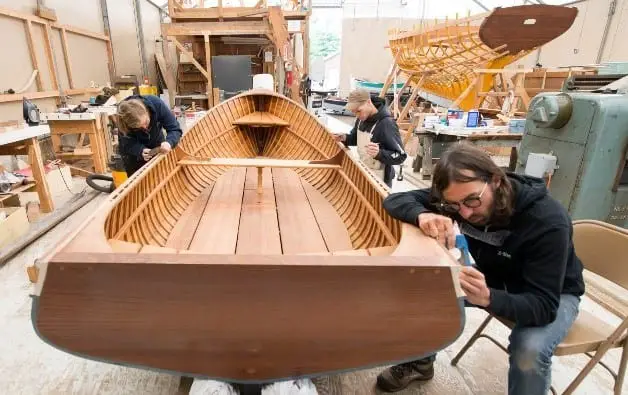
For a start, we cannot possibly discuss the development of boat building without looking closer into one of the most important materials used for this purpose: wood.
Wood is, indeed, the most traditional material ever known to humanity in the process of boat building. That’s for several reasons.
Wood is buoyant
Due to the fact that wood can float freely and consistently over water, it inevitably makes a perfect boat building material.
Wood is accessible
Unlike many other materials that were discovered later on in the history of humankind, wood has always been a widely and easily accessible material.
Wood is straightforward
We can afford to call wood a straightforward material because of the fact it is easily worked with and on.
On another note, the abrasiveness of wood highly varies. For instance, Totara and Teak wood are well-known for being highly resistant to rot. That’s possible thanks to an array of specific natural chemicals found in certain types of wood.
On the other hand, rotting can affect adversely many types of wood such as Pinus radiate, among others.
However, the native inhabitants of Oceania have managed to employ successfully the secrets of wood for boat building purposes. They had excellent knowledge of the local types of wood to work with.
Interestingly, these fantastic examples prove the deep relationship between our ancestors and the surrounding environment. Understanding the laws of nature has helped the ancient civilizations to develop and expand.
Most noteworthy, wood was the most favored material for constructing the main body of the boats (the hull), as well as the spar which is crucial for supporting the sails.
Curious Facts about Boats that Will Change the Way You Understand Boat Building

1) Legends and tales about the ocean-going canoes of the Maori People take up an intricate part of their traditions
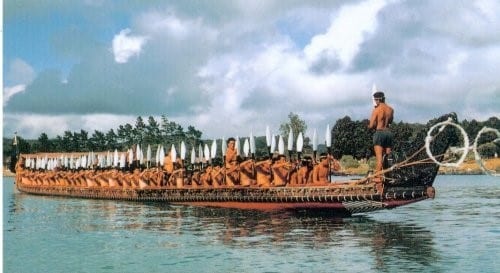
The Maori people are the descendants of the legendary Polynesian sailors.
What’s incredible about the boat building and sailing traditions of the ancient Polynesians is the fact they could make their boats reach lands that were still unexplored without any modern technique.
Moreover, they read the language of the stars and the birds in order to navigate through the ocean.
Thus, it almost comes as no surprise that a number of Maori traditions tribute the ancestors’ set out through open seas.
In fact, there’s even a traditional mythical homeland called Hawaiki that is considered greatly important for recalling the great canoe ocean-going journey of the natives.
On another note, Waka taua (war canoes) could reach up to 130 ft. in length. Thus, about 80 paddlers participated in the process of sailing with the legendary waka taua.
According to archeologists, the earliest canoe found in New Zealand dates back to the year 1400, as estimated after precise carbon dating. One of the hallmarks of Maori canoes were the detailed carvings that embedded a deep spiritual meaning for the natives.
2) Native Americans built some of the first canoes in the world

The wood material used for the constriction of canoes varied depending on the availability in the different regions. Most noteworthy, there were three main types of canoes, namely birch bark canoes, reed canoes, and dugout canoes.
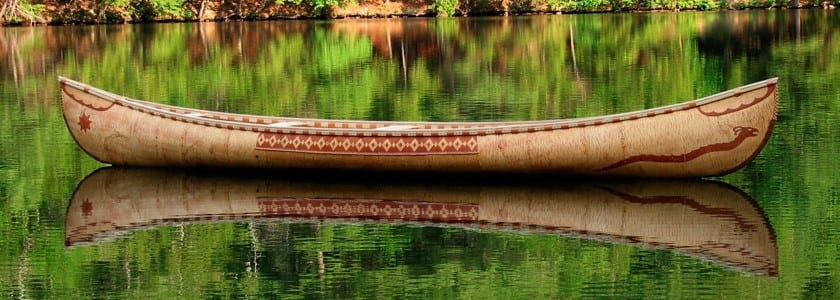
Probably one of the most interesting types is the dugout canoe for it was built by digging out the inside of a log.
Typically, large trees such as cedars worked best.
Another intriguing fact about the building process of dugout canoes was the use of steaming or controlled fire in order to soften the wood. This way, the Native Americans managed to build their canoes with a flat bottom and straight sides.
Amazingly, birch bark canoes could be able to carry approximately 4-6 men, being about 21 feet long and about 3 feet wide.
Similarly to the Maori people, Native Americans’ canoes were also embedded with important spiritual symbols. Thus, crucial pieces, as well as the ornate bow were added separately. These were intricately carved with depictions of highly symbolic, mythical creatures.
3) Mata Menge artifacts prove that boats were used as early as 900 000 years ago

A shocking discovery was published by the Archaeological Institute of America in 1998, shedding a whole new light on the ability of mankind to sail through open waters by using handmade vessels.
Based on excavations at Mata Menge and Tangi Talo, a team of highly respected experts in the field of archeology concluded that “Homo erectus was able to navigate open waters between 800,000 and 900,000 years ago.”
The great minds behind this important discovery were Michael J. Morwood of Australia’s University of New England, along with his colleagues.
First presented in the journal Nature, the intriguing discovery was revealed after the experts finally concluded that there was no other way for Homo Erectus to cross the 1.4-mile-wide strait that separated the lands from the sea in the region.
4) Vikings used to perform boat funerals

Unfortunately, most of the legendary Vikings ships were only found in many pieces. Thus, precise information about the intricate building process of the Vikings’ vessels still remains embraced in mystery.
Generally, experts divide the Vikings’ sailing vessels into 2 major categories: ships and boats. Hence, the term for Vikings ships refers to vessels over 15 meters. Meanwhile, Vikings boats are the vessels that do not outreach 15 meters in length.
Above all, a Vikings’ ship was a type of vessel that had been used only by the few: the warriors who bravely left their homeland for the sake of pursuing a brighter future for all.
Because of the tremendous significance of ships in the life of the Vikings, ships funerals were not widely spread and were mostly performed to honor sea captains or nobility.
However, boats were actually a common part of the life of most people from the Vikings era. The Vikings were deeply spiritual, and their pagan beliefs were transferred to important aspects of their life. And, of course, one of these aspects was boat building, as well as sailing.
Thus, boats were buried in a way that refers similarly to the funerals of human beings. Nevertheless, Vikings houses were also buried in a funeral-like manner.
Keeping in mind that the construction of a boat could take months to be accomplished, though, a boat funeral ceremony was never done without a valid cause and/or before the boat has fully served its purpose without being able to be continuously used in the future due to age or irreversible damage.
The Revolutionary Transition of Boat Building in the 21st Century

As centuries passed, people’s understanding of boat building kept growing. Thus, little by little, ancient boat building techniques and styles made way to the techniques of the future.
From handmade sketches to software designed sketches

The process of modern-day boat building always starts with the sketching of the project. Sketches are extremely important because of the need to highlight each of the fine details that will ensure the vessel’s success and safety.
Ron Berman, who is the Vice president of Sea Ray (“the world’s largest manufacturer” when it comes to pleasure boats) shares intriguing food for thought in an interview for the Boat Owners Association of The United States (BoatUS).
He highlights the fact that the boom of technologies in the 21st century has shifted the focus from creating elaborate sketches by hand to using special software for the purpose.
However, he also pinpoints the importance of manual sketching that is still being done by hand. The transition from ancient times on that matter is actually the absence of paper. Nowadays, designers sketch on tablets, computers, and laptops.
Nevertheless, important computer design tools make a place for a detailed 3D inlaying and visualization of the boat building process.
From handmade boat part to milling everything
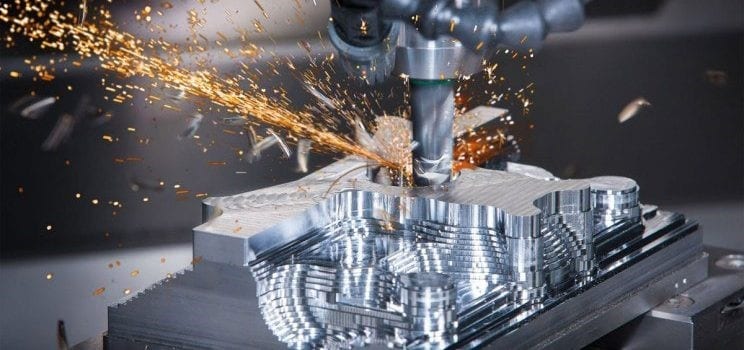
Big companies such as Sea Ray have also integrated another important feature in the process of boat building: milling. Certainly, milling some part of the boats that are about to be constructed is a test-and-tried method.
However, just two decades ago, the finer, smaller parts required manual work in order to be accomplished.
According to another highly respected experts in the field of boat building – JP Mouligné who is a senior account manager involved in the business of supplying materials to builders across various industries, fewer companies are doing “their own tooling.” He goes as far as calling this a “tendency.”
Certainly, the focus is rapidly shifting towards the benefits of using technology instead of human labor whenever and wherever this is possible.
Robotization and digitalization taking over boat building industry

Not only are new materials being introduced to the boat building industry with a mind to increase the boats’ durability but also to add more strength and less weight for a more comfortable ride.
Some of these materials include vinyl ester and carbon fiber which started being applied later than the approximately 75-years old composite boatbuilding technology.
What’s more, both robotization and digitalization are rapidly entering the boat building industry, paving the path to a new era in the history of boats constructed by mankind.
To illustrate this better, robots work great for accomplishing many different things in the process of boat building.
For instance, some robots can spray gel coat into the tooling. This ensures that the exact thickness required by the boat building company is achieved each time.
Nonetheless, robots work quickly and precisely.
Probably one of the best aspects of using robots is the fact they can spare the laborers from procedures that involve inhaling toxic substances and/or other possible health damage related to long-term involvement in the boat building industry.
Apart from working excellently to create 3D sketches, digitalization is also spreading across another important aspect of boat building, and that’s monitoring.
Installation guides and instruction videos are just a tiny example of the power of digitalization that allows better, faster, and more durable construction of boats, ranging from small to large ones.
Boat Building of the New Century: The Takeaway

As a summary, we can undoubtedly state that the revolutionary transition of boat building from ancient times to present-day is a solid proof of the limitless intelligence of mankind.
But no matter how dramatically and profoundly the boat building process has changed, there’s also one thing that remains the same, and that’s our thirst for new achievements, new knowledge, and the never-ending pursuit of new, brighter horizons.
“The past, just like the future, is indefinite and exists only as a spectrum of possibilities”
Stephen Hawking
Who knows what the future of boat building will bring? Isn’t the spectrum of possibilities simply endless, and aren’t we lucky to enjoy the ride?

